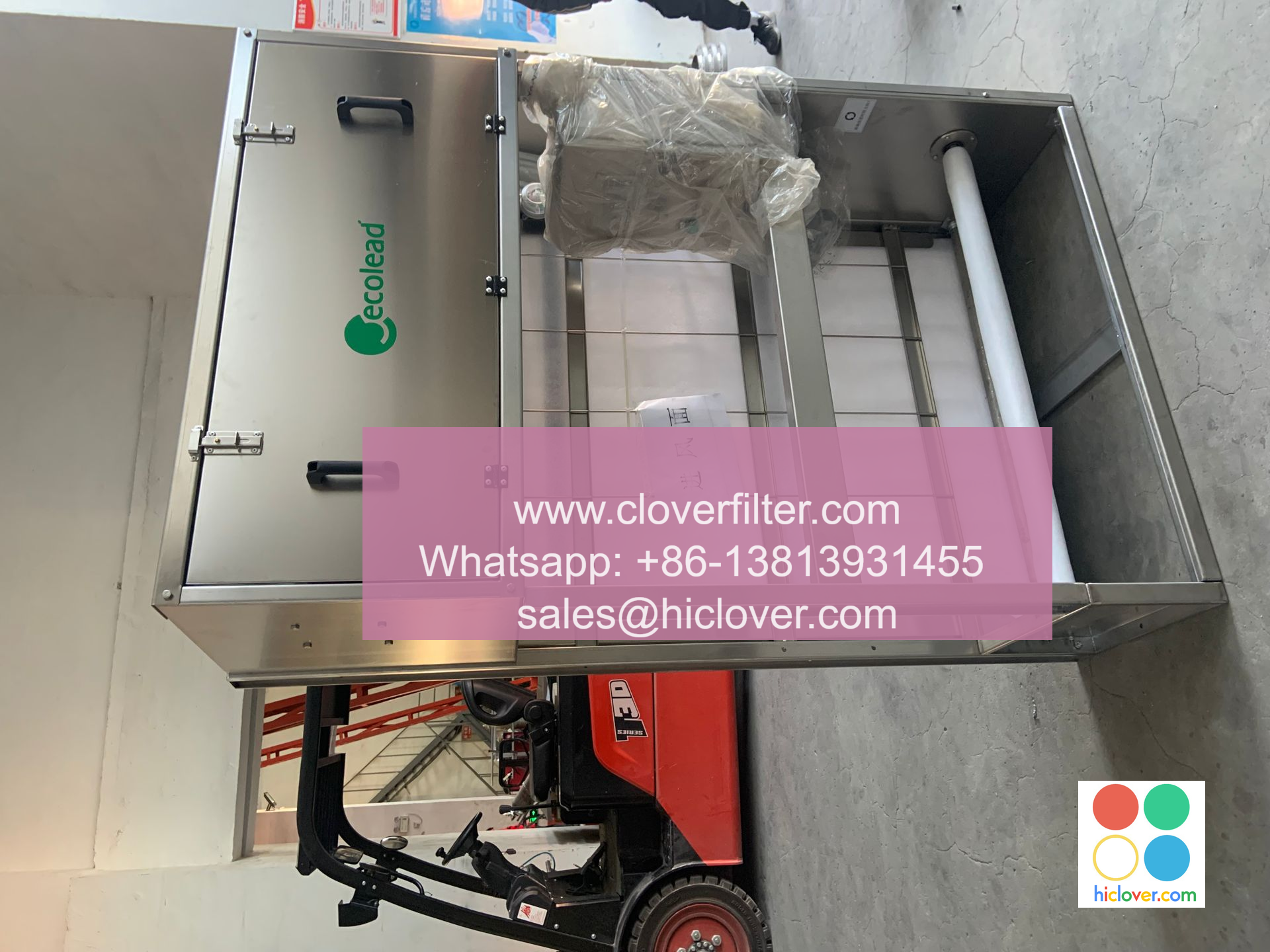Reducing Electronic Component Failure with Automatic Roll Air Filters

Electronic components are sensitive to their environment and can be damaged by airborne contaminants, temperature fluctuations, and other external factors. One of the most effective ways to reduce electronic component failure is to use automatic roll air filters. These filters are designed to capture airborne particles and contaminants, preventing them from entering the electronic equipment and causing damage.
Automatic roll air filters work by drawing in air through a series of filters, which trap particles and contaminants. The filtered air is then released back into the environment, creating a clean and stable atmosphere for electronic components. These filters are particularly effective in industrial and commercial settings, where electronic equipment is often exposed to harsh environments and high levels of airborne contamination.
There are several benefits to using automatic roll air filters in electronic component applications. Firstly, they are highly effective at capturing airborne particles and contaminants, including dust, dirt, and other debris. This helps to prevent damage to electronic components, reducing the risk of failure and downtime. Additionally, automatic roll air filters can help to reduce the need for maintenance and repair, as they prevent contamination from entering the equipment in the first place.
Another benefit of automatic roll air filters is that they can help to improve the overall reliability of electronic components. By creating a clean and stable atmosphere, these filters can help to reduce the risk of component failure, ensuring that electronic equipment operates smoothly and efficiently. This is particularly important in critical applications, such as data centers, medical equipment, and industrial control systems, where downtime can have serious consequences.
Automatic roll air filters are also relatively low-maintenance, as they can be easily replaced or cleaned as needed. This makes them a cost-effective solution for reducing electronic component failure, as they can help to minimize downtime and reduce the need for costly repairs. Furthermore, these filters can be integrated into a variety of electronic component applications, including servers, data storage systems, and industrial control systems.
In addition to their technical benefits, automatic roll air filters can also help to improve the overall efficiency of electronic component applications. By creating a clean and stable atmosphere, these filters can help to reduce the risk of overheating, which is a common cause of electronic component failure. This can help to improve the overall performance of electronic equipment, ensuring that it operates smoothly and efficiently.
When selecting automatic roll air filters for electronic component applications, there are several factors to consider. Firstly, it is important to choose filters that are designed specifically for electronic component applications, as these will be optimized for capturing airborne particles and contaminants. Additionally, it is important to consider the size and configuration of the filters, as well as their maintenance requirements.
In terms of maintenance, automatic roll air filters should be regularly inspected and replaced as needed. This can help to ensure that they continue to operate effectively, capturing airborne particles and contaminants and preventing them from entering the electronic equipment. It is also important to follow the manufacturer’s instructions for maintenance and replacement, as this can help to ensure that the filters operate correctly and provide optimal performance.
Conclusion
In conclusion, automatic roll air filters are a highly effective way to reduce electronic component failure. By capturing airborne particles and contaminants, these filters can help to prevent damage to electronic components, reducing the risk of failure and downtime. Additionally, they can help to improve the overall reliability and efficiency of electronic component applications, ensuring that equipment operates smoothly and efficiently. When selecting automatic roll air filters, it is important to consider factors such as size, configuration, and maintenance requirements, as well as the specific needs of the electronic component application.
FAQs
Q: What are automatic roll air filters and how do they work?
A: Automatic roll air filters are designed to capture airborne particles and contaminants, preventing them from entering electronic equipment and causing damage. They work by drawing in air through a series of filters, which trap particles and contaminants, and then releasing the filtered air back into the environment.
Q: What are the benefits of using automatic roll air filters in electronic component applications?
A: The benefits of using automatic roll air filters include reducing the risk of electronic component failure, improving reliability and efficiency, and minimizing downtime and maintenance requirements.
Q: How do I select the right automatic roll air filter for my electronic component application?
A: When selecting an automatic roll air filter, consider factors such as size, configuration, and maintenance requirements, as well as the specific needs of the electronic component application. It is also important to choose filters that are designed specifically for electronic component applications.
Q: How often should I replace or clean my automatic roll air filter?
A: The frequency of replacement or cleaning will depend on the specific application and environment. As a general rule, it is recommended to regularly inspect and replace or clean the filter as needed, following the manufacturer’s instructions for maintenance and replacement.

